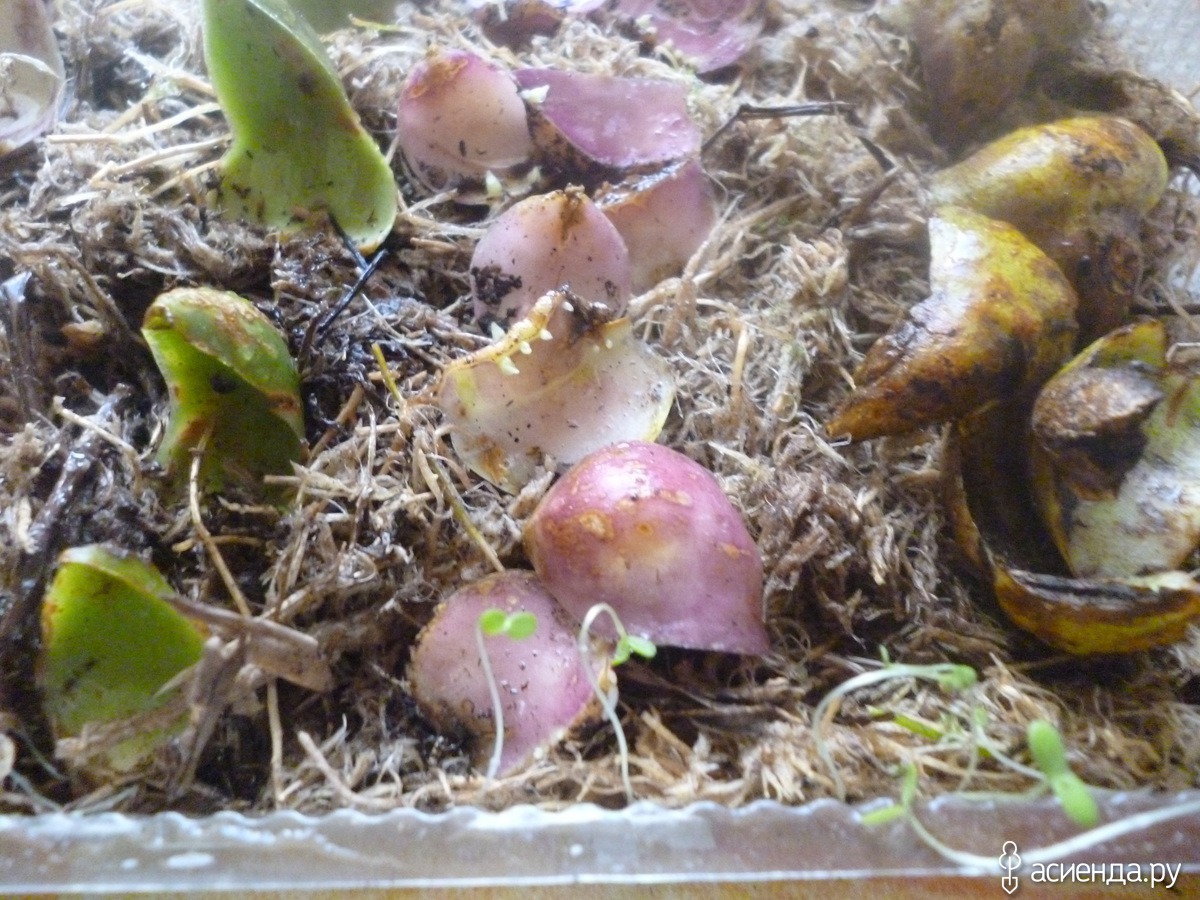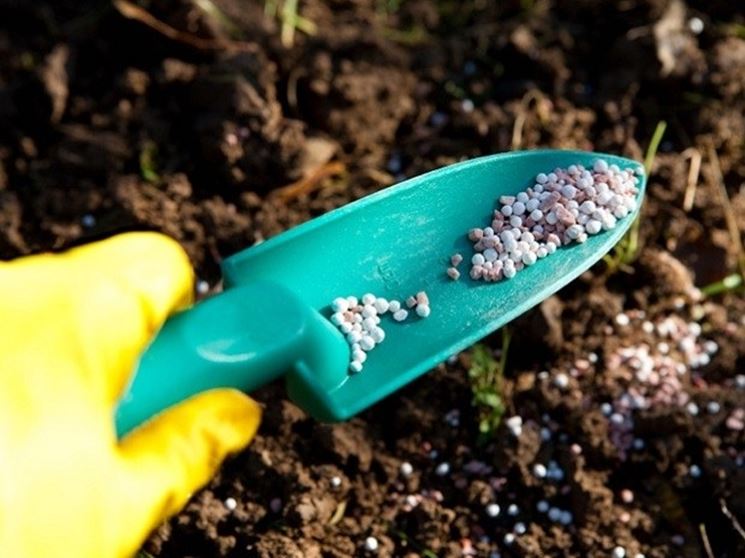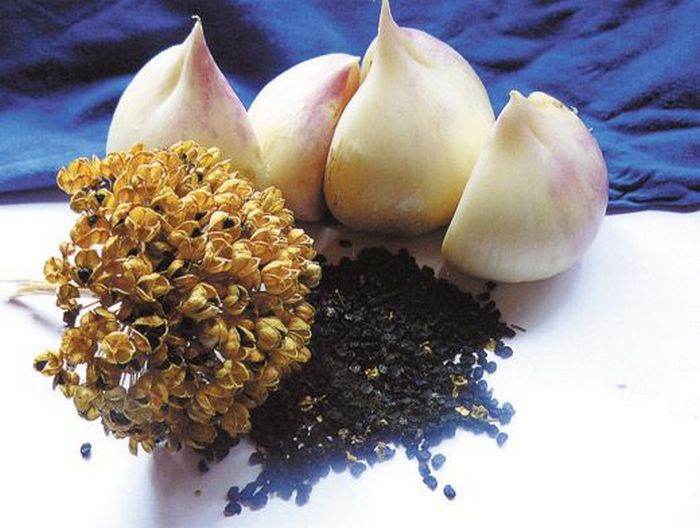Content:
These beautiful and fragrant flowers are planted in gardens and squares, and bouquets are presented on special occasions. For many people, growing lilies has become an exciting hobby. And those who have not yet mastered this art can familiarize themselves with its rules in this article.
How to grow lilies outdoors
It is recommended to plant the bulbs of some varieties in the fall, during the winter period they have time to take root and become saturated with moisture. However, there are many varieties of spring planting, so it is important not only to learn how to grow lilies, but also to find out the recommended planting dates. In Russia, the cultivation of Asian hybrids is widespread, since they are winter-hardy and unpretentious. Oriental lilies do not tolerate cold well; cultivation is possible in the south of the country and in greenhouses. Their flowers are distinguished by exquisite beauty and aroma.
Before you start growing lilies in the open field, you should decide on where to plant them. If the bulbs were purchased in a specialized store, then the seller must explain which place is preferable for the selected variety - sunny or partial shade. There are conditions that are required for placing lilies of any varieties:
- the soil should be light and rich in nutrients;
- there should not be a constant dense shadow over the flower bed;
- water should not stagnate at the landing site;
- there must be no drafts.
It is better to plant large-flowered specimens one by one, and varieties that give small flowers look beautiful in clumps, planted 10-15 cm from each other. Lilies in the country, planted on a dais, look very advantageous. In addition to the decorative effect, this will enable the roots not to get wet.
The main thing in lily farming is the correct preparation of the planting soil. Like all bulbous plants, they love well-fertilized soil. The best introduction is humus. But you should not overdo it either, otherwise the plants will begin to fatten. The recommended rate is 7-8 kg per 1 m².
Together with humus, mineral fertilizers containing potassium, phosphorus and nitrogen are applied for digging.
Is it possible to grow lilies in pots at home
Any lily can grow at home in a pot, but special varieties have been bred for growing as a room crop. They give few children, do not require frequent transplants and are small (Miss Rio, Garden Party).
Ready-made soil is sold in stores. You can also make it yourself from the soil from the garden and humus, mixing in a 1: 1 ratio. To disinfect the soil, it is spilled with boiling water or a solution of potassium permanganate. A drainage layer of expanded clay, broken brick or pebbles should be placed at the bottom of the container.
Water the soil with the bulb every 3 days, and if the soil dries up, then it can be done more often. Until the lily sprouts have sprouted, it is better to keep the pot cool (not higher than 15 ° C), and then place it in home heat.
If the planting soil was sufficiently fertilized, then there is no need to feed it yet, but it is worth spurring the culture to growth with the help of a stimulant, introducing it every 3 to 4 days until the stems gain a height of 10 cm.Further care is reduced to timely watering, loosening and weekly top dressing liquid fertilizers for indoor flowers.
Reproduction of lilies by seeds in the open field and at home
On faded lilies, seed pods are formed, which open after ripening. It is important to have time to collect the seeds before disclosure, otherwise they will crumble. Ripe planting material is oval, brown, 5 mm long. Each box contains 200 seeds. Collect them only from healthy bushes.
Seed propagation of lilies is usually used by professionals for breeding, although this is also available to amateurs. You just need to remember that the flowering of a plant sown with a seed can only be expected after 5 - 7 years. This method also has advantages: no diseases are transmitted through seeds, so the grown lilies will be healthy. With the help of seeds, you can get many plants from one copy.
How to grow lilies from seeds, the following algorithm will tell you:
- containers with a drainage layer are filled with a substrate from a mixture of leaf and turf soil, compost and sand;
- sowing is carried out in February - early March, shoots should appear in 2-3 weeks;
- with the appearance of the first true leaf, the seedlings dive, observing an interval of 5 cm;
- summer and autumn containers with sprouts are kept at room temperature, in winter they are kept in a cellar at 6 ° C;
- in the spring, the sprouts are planted in a permanent place.
Further, the seedlings require a long and painstaking care.
Growing lilies from bulbs
This is an easy method that does not injure the plant.
Bulbs are the buds formed in the leaf axils, and they are used for planting. The disadvantage is that they may not form on all varieties of lilies. Bulbs appear after flowering and are small brown onions that, when ripe, are easily separated from the stem. Roots and even leaves are formed on these air buds. If you are late in collecting the bulbs, they will sprinkle. The collected pochvolukovki are planted in open ground to a depth of 2 - 3 cm. In the soil, the bulbs tolerate winter cold well, but in order to avoid the risk, it is better to cover the planting with spruce branches or other similar material.
You can hold them for spring planting in the refrigerator, and so as not to dry out, put them in dry sand or sawdust. Plants obtained from bulbs are able to bloom the next year, but this can greatly weaken them, so it is better to cut the buds. In the third year, young plants will delight you with rapid flowering.
Growing lilies from scales
This process begins in April - May. You need to purchase a large onion and separate several scales from it. The bulb itself should be planted in a pot, then transplanted to the site. For germination of scales, sawdust will be required, they are taken at the rate of 1 part of scales 4 parts of sawdust. A mixture of both ingredients is treated with a pink solution of potassium permanganate and placed in a warm place, placed in a transparent bag.
After half a month, small onions with roots should appear on the scales. When the diameter reaches 1 cm, they are removed from the sawdust and planted in a container with nutrient soil. Further care is watering and gentle loosening. In June, small plants are transplanted into open ground and continue to grow. For the winter, plantings are covered with straw, humus or snow.
How to grow lilies from bulbs
Pre-planting treatment of the bulbs includes inspection with the removal of rotten fragments, rinsing under the pressure of running water, keeping in a solution of potassium permanganate (1 g per 2 l of water), and then in a solution of foundationol.If there is a danger of introducing pests, you can also pickle with an insecticide (karbofos, fufanon).
The depth of the fossa should be three times the diameter of the bulb. At the bottom, you should arrange a sand pillow. The roots of the bulb are distributed so that they do not bend upwards. After planting, the hole is marked with a peg, then the ground is mulched.
How to grow lilies outdoors correctly? The description of agricultural technology says that one of the main components is competent watering. Watering the plants begins in the spring, making sure that the soil is moderately moist, and not too wet. Between waterings, the ground around the stems is loosened and mulched. This procedure is required especially in hot weather to protect the soil from overheating. It is desirable that the mulch be light (straw, white covering material).
Of course, lilies need feeding. The first time it is carried out even before the emergence of seedlings with a complex of mineral fertilizers. The procedure is repeated after tying the buds, and the third time is fertilized at the end of flowering with a product containing potassium and phosphorus.
For the winter period, the bulbs in the ground should be covered with spruce branches, a layer of humus or dry fallen leaves without signs of disease.
How to grow lilies so that they please with their flowering for many years? The bulbs need to be replanted every 3 to 4 years. Some gardeners do this every year. To facilitate transplanting, and the tuber is not too deep, it is recommended to plant them in special containers. It is easier to extract the bulbs from them.
How to cut lilies from a bouquet at home
If the variety you like does not have bulbs, choose the method of cultivation by cuttings. You can cut shoots of growing lilies and even flowers from a bouquet. The upper part of the shoot, which needs to be rooted, serves as a cutting. Cut off shoots are planted obliquely in boxes with a mixture of earth and sand, which are placed so that they do not fall on direct sunlight, and are grown with regular watering. After 30 days, onions should appear on the sprouts, and in October, boxes with seedlings are taken out into the street and added to the garden, where they will wait for spring.
There are many ways to reproduce lilies, so any gardener will be able to plant these magnificent flowers at home, in their summer cottage or on the balcony.



















